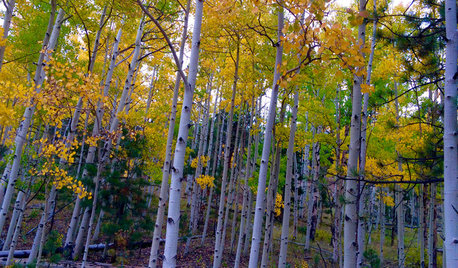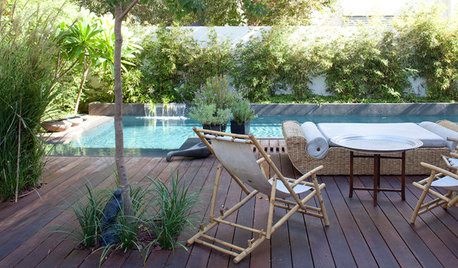redwoods and Giant Sequoia in the mid-atlantic...
hairmetal4ever
15 years ago
Featured Answer
Sort by:Oldest
Comments (27)
pineresin
15 years agolpptz5b
15 years agoRelated Professionals
Derry Landscape Architects & Landscape Designers · Fillmore Landscape Architects & Landscape Designers · Oatfield Landscape Architects & Landscape Designers · Tempe Landscape Contractors · Amesbury Landscape Contractors · Caldwell Landscape Contractors · Cedar Hill Landscape Contractors · Corona Landscape Contractors · Gaithersburg Landscape Contractors · Harvey Landscape Contractors · Hayward Landscape Contractors · Olympia Landscape Contractors · Pleasanton Landscape Contractors · Riverhead Landscape Contractors · Sugar Hill Landscape Contractorshonymand
15 years agopineresin
15 years agoconiferophytus
15 years agoconiferophytus
15 years agopineresin
15 years agodavidrt28 (zone 7)
15 years agodavidrt28 (zone 7)
15 years agojim_virginia
15 years agopineresin
15 years agoscotjute Z8
15 years agoscotjute Z8
15 years agopineresin
15 years agojim_virginia
15 years agocis4conifer
15 years agodennisnj
15 years agodavidrt28 (zone 7)
15 years agosilver78
14 years agopinetree30
14 years agopineresin
14 years agolawndestroyer
14 years agodavidrt28 (zone 7)
14 years agopineresin
14 years agolawndestroyer
14 years agobengz6westmd
last year
Related Stories

EARTH DAY‘Terroir’ Brings a Sense of Place to Your Landscape
Species native to and characteristic of your region firmly root your garden and landscape
Full Story
GARDENING AND LANDSCAPING10 Great Outdoor Chill Zones
Whether you have a huge poolside deck or a sliver of a patio, these ideas will kick stress to the curb all summer long
Full Story








davidrt28 (zone 7)